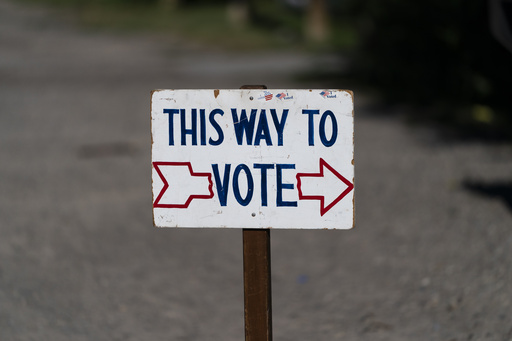
Wyoming, known for its strong conservative inclination, is gearing up for the Republican primary, where voters will decide the candidates to compete in November’s general election for federal and state legislative positions. The primary is mainly contested within the Republican party, with most candidates running unopposed by Democrats in the fall elections. This dominance by Republicans in Wyoming can be attributed to the party’s supermajorities in both state legislative chambers and the state’s longstanding Republican voting history.
Key races in the primary include contests for the U.S. Senate and the state’s U.S. House seat, as well as numerous state House and Senate seats. Although Sen. John Barrasso and Rep. Harriet Hageman face challengers, they are expected to secure their nominations easily. Notably, Hageman’s opponent has not reported any significant fundraising efforts to the Federal Election Commission, while Barrasso’s challenger, Reid Rasner, has raised $1.2 million compared to Barrasso’s $5 million.
Voters registered with a political party will have the opportunity to participate in their party’s primary, according to a recent change in the state’s primary system. Independent or unaffiliated voters are not eligible to vote in either primary. Wyoming, with its 23 counties, sees the most significant voter presence in counties like Laramie and Natrona. Despite the state having a few populous counties like Teton and Albany, where Democrats tend to perform better, the overall electorate strongly favors Republicans, as evidenced by Governor Mark Gordon’s victories in traditionally Democratic-leaning areas.
With nearly 222,000 registered voters in Wyoming, the focus is on the turnout and advance voting numbers. Previous midterm primaries saw a turnout of about 3% for Democrats and 60% for Republicans, with a significant portion of voters casting their ballots before the primary day. As for vote-counting, results are typically declared within hours of polls closing, with the full tabulation completed shortly after.
Looking ahead, there are 77 days until the November general election, with ongoing coverage of the 2024 election available for those interested in following the latest updates.
